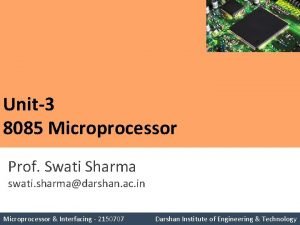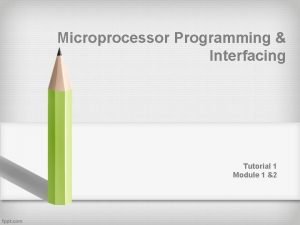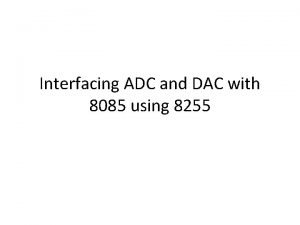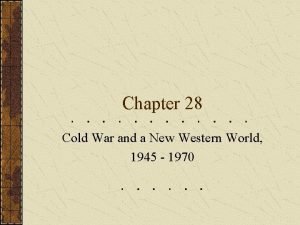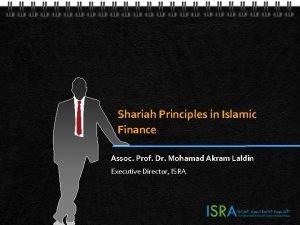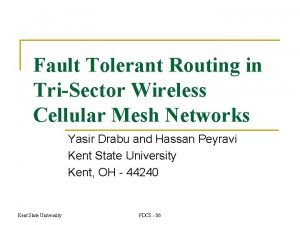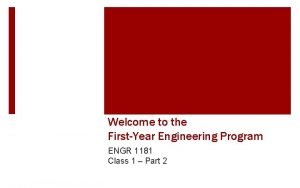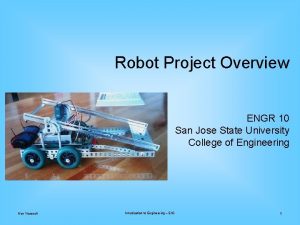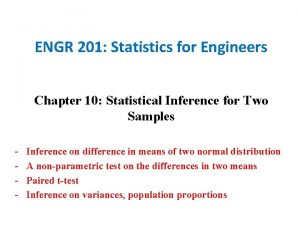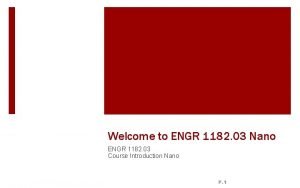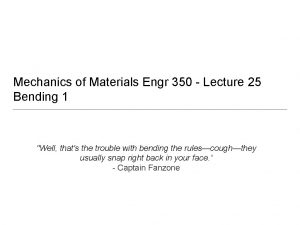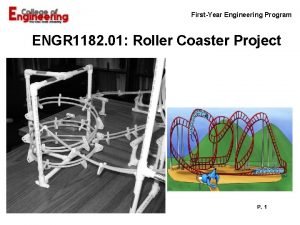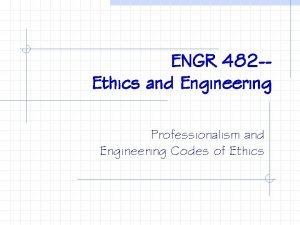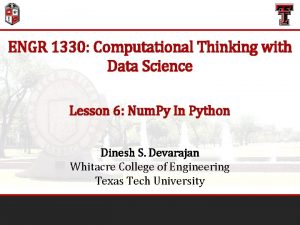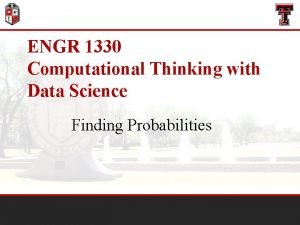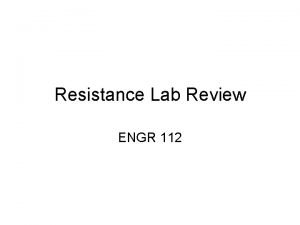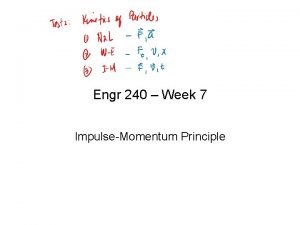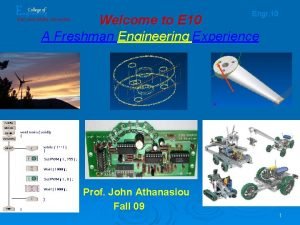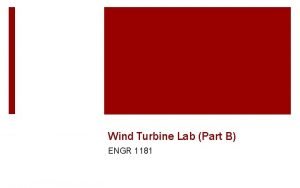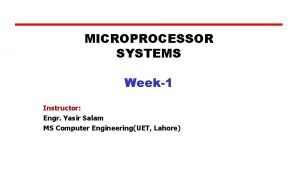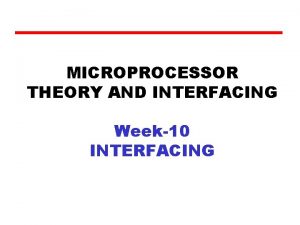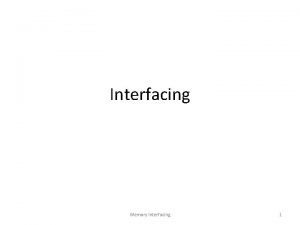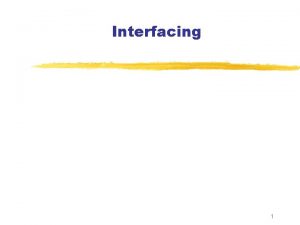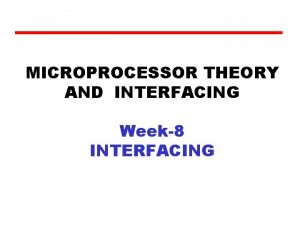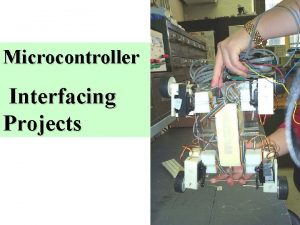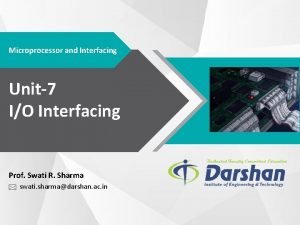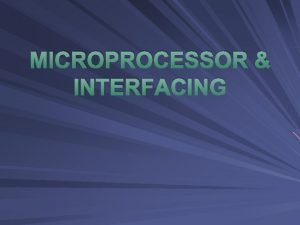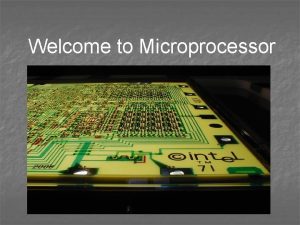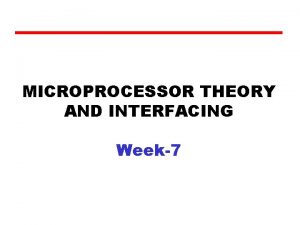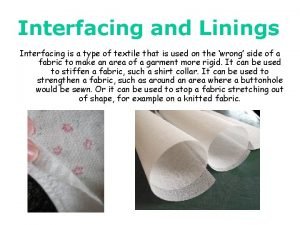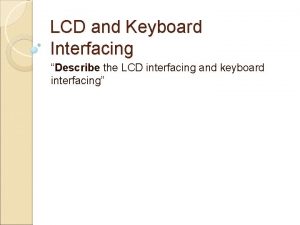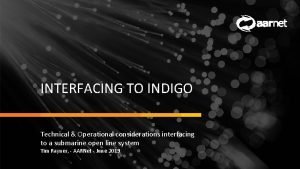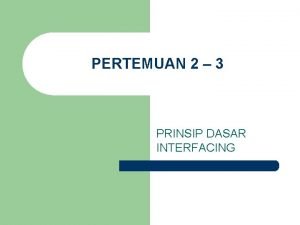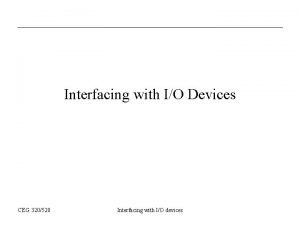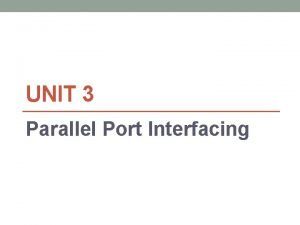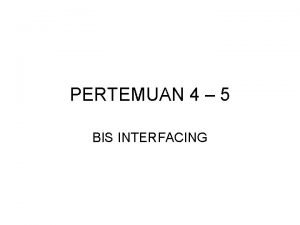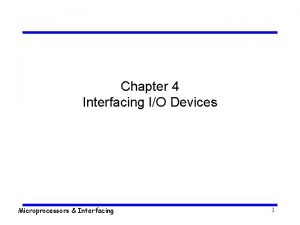MICROPROCESSOR THEORY AND INTERFACING Week1 Instructor Engr Yasir




















- Slides: 20

MICROPROCESSOR THEORY AND INTERFACING Week-1 Instructor: Engr. Yasir Salam

Basic information about course Code Course Title Credit hours ET-311 MICROPROCESSOR THEORY AND INTERFACING 4(3+1)

Basic information about course Text Books 1. Douglas V. Hall, "Microprocessor and Interfacing", Tata Mc. Graw-Hill. 3 rd Edition 2. Berry B. Bari. , " Intel Microprocessors “ Latest Edition 3. Charles Gilmore, "Microprocessors: Principles and Application", Mc. Graw. Hill. 2 nd Edition

Basic information about course Course Objectives Microprocessor Theory and Interfacing is the course used to provide an understanding of microprocessor hardware and software. Technicians completing this course will work with microprocessor based equipment, and be capable of distinguishing hardware from software faults. To enable students to learn essential theory and application of microprocessors.

Basic information about course Course Outline • Microprocessor Fundamentals: Introduction, simplified CPU organization and instruction set, Bus systems • Microprocessor Architecture and Programming Techniques: Structure of Intel 8086/88 microprocessor and its architecture, pin diagram and functions, data sheet descriptions, Interrupts, 8086/88 Instruction set, programming techniques. Assembly language programming of Intel microprocessor • Interfacing the Microprocessors: Interfacing concepts, Interfacing of Microprocessor with RAM & ROM, Basic of I/O Interfacing with I/O ports (serial and parallel), Memory Map and Address Decoding, D/A & A/D interfaces, Study of CD – ROM, controllers • Microprocessor Controlled Systems: Closed loop control systems, temperature monitoring and control system, washing machine controller, diesel generator set controller, stepper motor controller

Basic information about course Marks Distribution (Theory) Sessional Marks(Semester work) Mid-Term Exam Final-Term Exam Grand Total 20 30 50 100

Basic information about course Sessional Marks Detail Quizzes 05 Assignments 10 Class Participation/ Attendance 05 Grand Total 20

ENIAC - background • • • Electronic Numerical Integrator And Computer Eckert and Mauchly University of Pennsylvania Trajectory tables for weapons Started 1943 Finished 1946 —Too late for war effort • Used until 1955

Computer Structure - Top Level Computer Peripherals Central Processing Unit Computer Main Memory Systems Interconnection Input Output Communication lines

MICROPROCESSOR SYSTEMS The CPU - MICROPROCESSOR DEFINITION: “An integrated circuit which performs arithmetic and logical operations on data, as instructed. ” CPU Computer Arithmetic and Logic Unit Registers I/O System Bus Memory CPU Internal CPU Interconnection Control Unit

History INTEL 4004(4 bit) in 1971 • 740 KHz(maximum) • 2300 Transistors • INTEL 4040 INTEL 8008(8 bit)

Generations of Microprocessor 1 st Generation (4 -bit) • 1971 to 1973 • Intel 4004, 8008, IMP-16 2 nd Generation (8 -bit) • 1973 to 1978 • Motorola 6800 and 6801, INTEL-8085 and Zilogs-Z 80 3 rd Generation (16 -bit) • 1979 to 1980 • INTEL 8086/80186/80286 and Motorola 68000 and 68010 were developed • Four times better speed than 2 G

Generation of Microprocessor 4 th Generation (32 -bit) • 1981 to 1995 • INTEL-80386 and Motorola’s 68020/68030 were the popular processors 5 th Generation (64 -bit) • 1995 to until now • High-performance • High-speed • Pentium, Celeron, Dual and Quad core

MICROPROCESSOR SYSTEMS TYPES • PURPOSE • • • GENERAL PURPOSE COMPUTING APPLICATION SPECIFIC COMPUTING EMBEDDED COMPUTING • ARCHITECTURE • • INSTRUCTION SET N-BIT ARCHITECTURE

MICROPROCESSOR SYSTEMS MICROPROCESSOR- BASIC STRUCTURE • Control Unit: Controls the operations of the CPU and hence the computer • ALU: Performs the computer’s data processing functions • Registers: Provides storage internal to the CPU • CPU Interconnection(BUS): Some mechanism that provides for communication among the control unit, ALU, and registers

MICROPROCESSOR SYSTEMS MICROPROCESSOR • REGISTERS BASIC STRUCTURE

MICROPROCESSOR SYSTEMS MICROPROCESSOR- BASIC STRUCTURE • ALU (ARITHMETIC AND LOGIC UNIT)

MICROPROCESSOR SYSTEMS MICROPROCESSOR- BASIC STRUCTURE • CPU Interconnection(BUS): • A collection of wires • Data , control and address • Control Unit: • Its finite state machine • Decode the instruction • Generate outputs for all other modules according to the instruction

Structure - Control Unit CPU Sequencing Logic ALU Internal Bus Registers Control Unit Registers and Decoders Control Memory

REVIEW
